About Ayodhya
Ayodhya, a revered city in Uttar Pradesh, India, holds immense spiritual significance for Hindus as the birthplace of Lord Ram, one of the most venerated deities in Hinduism. It is mentioned in ancient texts like the Ramayana and revered as a sacred site embodying dharma (righteousness) and devotion. The city is home to the Shri Ram Janmabhoomi Mandir, a grand temple marking the spot believed to be Lord Ram’s birthplace, making it a major pilgrimage destination. Ayodhya also boasts other sacred landmarks, including Hanuman Garhi, Kanak Bhawan, and the Sarayu River, where devotees seek blessings and solace. Rich in history, culture, and spirituality, Ayodhya epitomizes the essence of faith and devotion for Hindus worldwide.
 Ram Mandir Ayodhya
Ram Mandir Ayodhya
The Ram Mandir in Ayodhya is one of the most significant and revered Hindu temples, dedicated to Lord Ram, the seventh incarnation of Lord Vishnu. Situated on the banks of the Saryu River, the temple stands as a symbol of faith, devotion, and historical importance. The Ram Mandir has gained global attention following the recent Supreme Court ruling, which allowed its construction on the site believed to be the birthplace of Lord Ram. The grand temple, with its exquisite architecture and intricate carvings, attracts millions of pilgrims and devotees each year, making it a spiritual epicenter. The temple’s establishment not only honors Lord Ram’s legacy but also represents the cultural and religious heritage of India.
Ayodhya: Travel Information from Delhi
Distance from Delhi: Ayodhya is approximately 690 kilometers from Delhi by road.
Nearest Airport: The nearest airport to Ayodhya is Ayodhya Airport (Sri Ram International Airport), located about 8 km from the city center. For more flight options, the Lucknow Airport (Chaudhary Charan Singh International Airport) is approximately 140 km away.
Nearest Railway Station: The Ayodhya Junction Railway Station is the closest and well-connected station to major cities, including Delhi. Another nearby option is Faizabad Junction, about 7 km from Ayodhya.
Best Way to Reach Ayodhya from Delhi:
- By Air: Take a direct flight from Delhi to Ayodhya Airport or to Lucknow Airport. From Lucknow, you can hire a taxi or take a bus to Ayodhya (approximately 2.5–3 hours).
- By Train: Opt for direct trains from Delhi to Ayodhya Junction. Popular trains include the Ayodhya Express or Vande Bharat Express (to Lucknow), followed by a short road journey.
- By Road: Drive from Delhi to Ayodhya via NH19 and NH27, which takes approximately 10–12 hours. Alternatively, luxury buses and private cabs are available for a more comfortable journey.
Best time to Visit Ayodhya
The best time to visit Ayodhya is during the winter months, from October to March, when the weather is pleasant and ideal for exploring its spiritual and historical sites. The temperature during this time ranges from 8°C to 25°C, making it comfortable for sightseeing. Ayodhya is especially vibrant during festivals like Ram Navami (March-April), which celebrates the birth of Lord Ram, and Diwali, when the city is beautifully lit and abuzz with cultural events. Avoid visiting during the peak summer months (April to June) due to extreme heat, and plan ahead during monsoons (July to September) as heavy rains might disrupt travel plans.
3 Nights, 4 Days Delhi to Ayodhya Tour Itinerary
Highlight: Visit to the Ram Mandir and other significant sites in Ayodhya.
Day 1: Departure from Delhi to Ayodhya
- Morning: Depart from Delhi in the morning by train or private vehicle. The drive will take approximately 12-14 hours by road (around 650 km), or you can opt for a train journey which may take around 9-10 hours.
- Afternoon: Enjoy the scenic journey as you head towards the holy city of Ayodhya. If traveling by train, a comfortable AC coach will ensure a relaxed journey.
- Evening: Arrive in Ayodhya, check-in to your pre-booked hotel, and take some time to relax.
- Night: Enjoy a warm dinner and rest for the day, gearing up for the exciting exploration ahead.
Day 2: Ayodhya Exploration with Ram Mandir Visit
- Morning: Start your day with a traditional breakfast at the hotel. Afterward, visit the Ram Mandir, the centerpiece of Ayodhya’s spiritual significance. The temple, dedicated to Lord Ram, has been recently inaugurated and draws pilgrims from all around the world. Explore the majestic architecture and spiritual ambiance, offering a deeply enriching experience.
- Late Morning: Visit the Hanuman Garhi Temple, an ancient and revered temple where Lord Hanuman is said to have resided. This is a must-visit for those seeking to connect with the rich mythological heritage of the city.
- Afternoon: After a fulfilling lunch, visit the Kanak Bhawan, another significant temple dedicated to Lord Ram and Sita, which showcases their divine relationship. The serene environment makes it a peaceful retreat for reflection.
- Evening: Head to Saryu Ghat for a peaceful evening by the river. Participate in the Ganga Aarti at the ghat, which is a beautiful and spiritually uplifting experience. The evening aarti ceremony involves hymns, prayers, and ritualistic offerings to the river goddess.
- Night: Return to the hotel for dinner and rest.
Day 3: Heritage and Cultural Tour
- Morning: After breakfast, embark on a cultural tour of Ayodhya. Visit the Ram Ki Paidi, a set of ghats on the Saryu River, where many believe Lord Ram bathed before his exile. The area holds deep religious importance and offers a glimpse into the rituals followed by locals.
- Late Morning: Explore the Ayodhya Museum, which showcases the history, culture, and religious significance of the city. The museum is an excellent way to understand the city’s evolution and its connection to ancient Hindu scriptures.
- Afternoon: Visit Nageshwarnath Temple, one of the 12 Jyotirlingas in India, dedicated to Lord Shiva. The temple is a prime example of Ayodhya’s importance in Hindu mythology and religious pilgrimage.
- Evening: For a more immersive experience, explore the local markets in Ayodhya. You can shop for religious artifacts, souvenirs, and other local handicrafts. The markets offer a vibrant glimpse of the city’s culture and its spiritual significance.
- Night: Return to your hotel for a relaxed dinner and overnight stay.
Day 4: Return to Delhi
- Morning: After breakfast, check out from the hotel and begin your journey back to Delhi. Whether you’re taking a train or private vehicle, the return journey provides an opportunity to reflect on the beautiful experiences you’ve had in the holy city.
- Afternoon: Lunch can be enjoyed on the way, either packed or at a convenient roadside restaurant.
- Evening: Arrive in Delhi by evening, completing your spiritual and cultural journey to Ayodhya.
End of Tour
This 3-night, 4-day tour offers an enriching experience for those interested in exploring the spiritual, historical, and cultural treasures of Ayodhya, with a special focus on the Ram Mandir.
Benefits of Hiring an Experienced Travel Operator
Hiring an experienced travel operator offers numerous benefits, ensuring a seamless and stress-free travel experience. With their in-depth knowledge of destinations, local customs, and best travel practices, they can curate personalized itineraries tailored to your preferences and needs. Experienced travel operators also have strong relationships with local service providers, allowing them to secure exclusive deals, ensure quality accommodations, and provide reliable transportation options. Additionally, they handle all logistics, ensuring you save time and effort in planning. Their expertise in managing unforeseen challenges and emergencies provides peace of mind, allowing you to enjoy your trip to the fullest while minimizing risks and maximizing comfort.
Top 10 Ayodhya Tour Operators in Delhi
IndusTrips
Indus Trips is a premier travel company offering curated group tours across India, including cultural, spiritual, wellness, culinary, wildlife, and photography experiences. They cater to families, solo travelers, women, seniors, and corporate groups with personalized itineraries and seamless travel support. Website: https://industrips.com/
Frontiers Beyond Tours
Frontiers Beyond Tours is a Delhi based luxury travel company dedicated to crafting immersive, offbeat journeys across India and beyond — from wild tiger safaris to cultural deep-dives, adventure road-trips, and cinematic-style expeditions. Frontiers Beyond blends authentic local experiences, wildlife encounters, and dramatic landscapes with expert planning, sustainable tourism, and a passion for narrative. Whether you’re seeking adventure, culture, wildlife, or documentary-class filming support, Frontiers Beyond delivers bespoke trips that transform travel into unforgettable stories.
Website: https://www.frontiersbeyond.com/
Mystical India Tours
Mystical India Tours specializes in crafting spiritual journeys across India, offering guided tours to sacred sites, temples, and meditation retreats. Their tours emphasize personal growth and spiritual exploration.
Website: Mystical India Tours
Spiritual Journeys
Spiritual Journeys creates transformative experiences by blending ancient spiritual wisdom with modern travel comforts. Their tours include visits to sacred hotspots, yoga retreats, and meetings with revered spiritual leaders.
Website: Spiritual Journeys
Sacred Dot Tours
Sacred Dot Tours curates spiritual pilgrimages to India’s holiest locations, with a focus on cultural immersion and personal reflection. Their itineraries take travelers through significant religious and spiritual sites.
Website: Sacred Dot Tours
Indus Trips
Indus Trips offers carefully curated spiritual tours that explore India’s rich spiritual heritage, from the Himalayan monasteries to the temples in the south. Their itineraries include yoga, meditation, and cultural experiences.
Website: Indus Trips
Spiritual India Journeys
Spiritual India Journeys focuses on spiritual and wellness travel, offering tours that immerse travelers in India’s spiritual landscape. Their packages include meditation retreats, Ayurveda experiences, and visits to sacred locations.
Website: Spiritual India Journeys
Soulful Journeys
Soulful Journeys designs soul-nourishing travel experiences, blending spiritual exploration with cultural immersion. Their tours include visits to spiritual retreats, ashrams, and opportunities to interact with spiritual teachers.
Website: Soulful Journeys
Vedic Walks
Vedic Walks offers spiritual tours that delve into India’s Vedic heritage. Their tours involve visits to ancient temples, participation in sacred rituals, and opportunities for self-discovery through meditation.
Website: Vedic Walks
Spiritual India Tours
Spiritual India Tours offers a variety of spiritual experiences, including visits to the sacred city of Varanasi and yoga retreats in Rishikesh. Their itineraries cater to both spiritual seekers and those looking for holistic well-being.
Website: Spiritual India Tours
Trinetra Tours
Trinetra Tours creates spiritual journeys that fuse India’s spiritual and cultural heritage. Their tours include visits to temples, meditation retreats, and meetings with spiritual leaders.
Website: Trinetra Tours
Exotic Heritage Group
Exotic Heritage Group specializes in spiritual and cultural tours that explore India’s ancient traditions and sacred sites. Their itineraries focus on spiritual teachings, yoga, and experiences that nourish the soul.
Website: Exotic Heritage Group
Ayodhya Ram Mandir FAQs
q: What is the significance of Ram Mandir in Ayodhya?
a: The Ram Mandir in Ayodhya is one of the most important Hindu pilgrimage sites, believed to be the birthplace of Lord Ram. It holds deep cultural and religious significance for Hindus worldwide, symbolizing the victory of good over evil.
q: Where is the Ram Mandir located?
a: The Ram Mandir is located in the city of Ayodhya, in the northern Indian state of Uttar Pradesh.
q: When was the Ram Mandir construction started?
a: The construction of the Ram Mandir began on August 5, 2020, after the groundbreaking ceremony was performed by Prime Minister Narendra Modi.
q: What is the history behind the Ram Mandir controversy?
a: The Ram Mandir controversy stems from the dispute over the Babri Masjid, which was built in the 16th century on what was believed to be the birthplace of Lord Ram. In 1992, the mosque was demolished by Hindu activists, leading to decades of legal and political battles.
q: Is the Ram Mandir open to all visitors?
a: Yes, the Ram Mandir is open to all visitors, regardless of religion, and welcomes pilgrims and tourists alike.
q: What is the architectural style of the Ram Mandir?
a: The Ram Mandir is being built in the traditional Nagara style of temple architecture, featuring intricately carved stone work, grand pillars, and domed roofs.
q: How do I reach Ram Mandir Ayodhya?
a: Ayodhya is well-connected by road, rail, and air. The nearest airport is in Lucknow, around 135 km away. Ayodhya also has a railway station, and buses or taxis can take you directly to the temple.
q: What are the visiting hours for Ram Mandir?
a: The temple is typically open from early morning until evening, but exact hours may vary depending on local festivals and events. It’s advisable to check for specific timings before planning your visit.
q: Can I perform rituals at Ram Mandir?
a: Yes, visitors can perform various religious rituals and participate in aarti ceremonies at the Ram Mandir. You can also offer prayers and seek blessings.
q: Are there any entry fees for visiting the Ram Mandir?
a: Currently, there is no entry fee for visiting the Ram Mandir, though charges may apply for certain special services or rituals.
q: Are there any nearby attractions to visit along with Ram Mandir?
a: Yes, other significant attractions in Ayodhya include the Hanuman Garhi Temple, Kanak Bhawan, Saryu River, and the Treta Ke Thakur Temple.
q: Is there a dress code to visit the Ram Mandir?
a: While there is no strict dress code, visitors are advised to dress modestly when visiting the Ram Mandir out of respect for the religious environment.
q: How long does it take to explore the Ram Mandir?
a: The visit to the Ram Mandir typically takes about 1-2 hours, including time for prayers, exploration of the temple complex, and other nearby areas.
q: Can I take photographs inside the Ram Mandir?
a: Photography inside the temple is generally restricted. Visitors may be allowed to take photos of the temple’s exterior but should be mindful of the guidelines set by temple authorities.
q: What is the Ram Janmabhoomi?
a: Ram Janmabhoomi refers to the site in Ayodhya, believed to be the birthplace of Lord Ram. The Ram Mandir stands on this sacred site.
q: Is there a special event or festival at the Ram Mandir?
a: Yes, the Ram Mandir hosts various festivals, including Ram Navami, Diwali, and other Hindu celebrations. These occasions see increased pilgrim activity and special rituals.
q: What is the current status of the construction of the Ram Mandir?
a: The construction of the Ram Mandir is ongoing, with the temple’s sanctum sanctorum and other parts being constructed in phases. The temple is expected to be fully completed in the coming years.
q: Is there accommodation available near Ram Mandir?
a: Yes, there are various hotels, guest houses, and dharamshalas in and around Ayodhya that offer accommodation for pilgrims and tourists.
q: Can I visit Ram Mandir during festivals like Ram Navami or Diwali?
a: Yes, visiting during these festivals is a unique experience, as the temple is beautifully decorated, and special rituals and celebrations take place.
q: How can I contribute to the construction of Ram Mandir?
a: Donations for the construction of the Ram Mandir can be made through official channels, including online donations via the temple’s website or at designated donation centers.
q: What is the expected completion date of Ram Mandir?
a: While the temple is already under construction, the complete structure, including the final finishing touches, is expected to be completed by 2024-2025.
Connect with Top 10 Best Spiritual Tours and Travel Companies in Delhi India
Plan your Spiritual Tour in India with Ease, Connect with the Best Spiritual Tour Operators in India and get Tailor made, Quality Spiritual Tour Package. Get Reliable Travel Services and a memorable Holiday Experience!
#spiritualtours #indiaspiritualtours #spiritualtoursindia #indiatours #holytours #templetoursindia #buddhisttoursindia #jaintoursindia #sikhtoursindia



 Best Time to Visit
Best Time to Visit Somatheeram Ayurveda Village
Somatheeram Ayurveda Village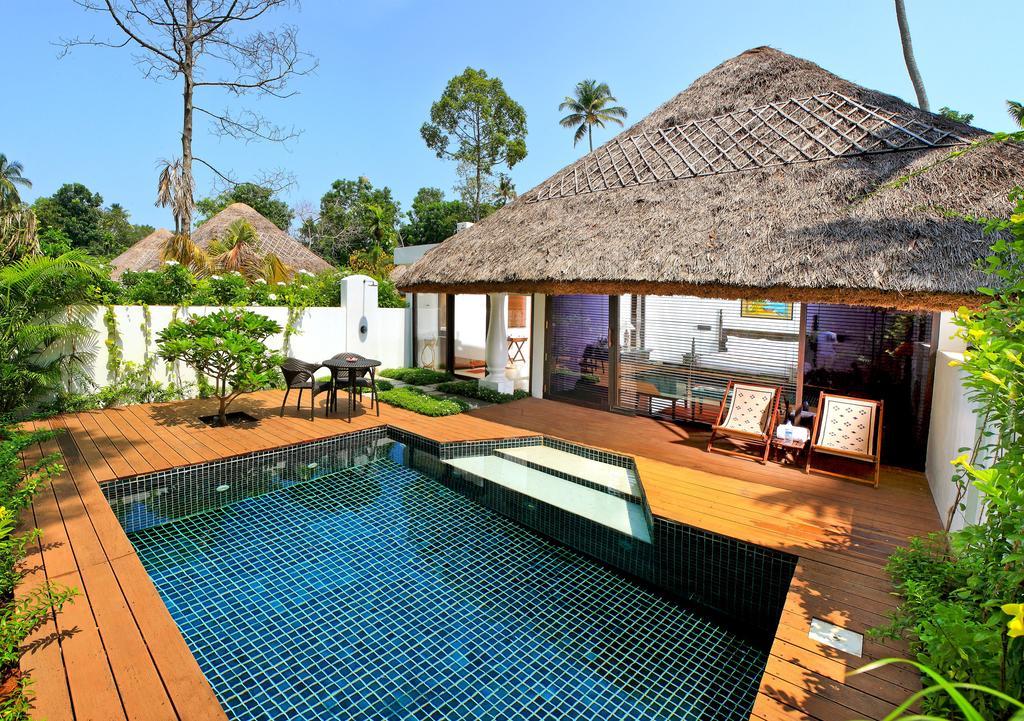 Carnoustie Ayurveda & Wellness Resort
Carnoustie Ayurveda & Wellness Resort Kalari Kovilakom – CGH Earth
Kalari Kovilakom – CGH Earth Niraamaya Retreats Surya Samudra
Niraamaya Retreats Surya Samudra The Ayurvedic Healing Village – Kairali
The Ayurvedic Healing Village – Kairali Ayurveda Yoga Villa
Ayurveda Yoga Villa SwaSwara – CGH Earth
SwaSwara – CGH Earth Athreya Ayurvedic Resort
Athreya Ayurvedic Resort Ayurmana – Dharma Ayurveda
Ayurmana – Dharma Ayurveda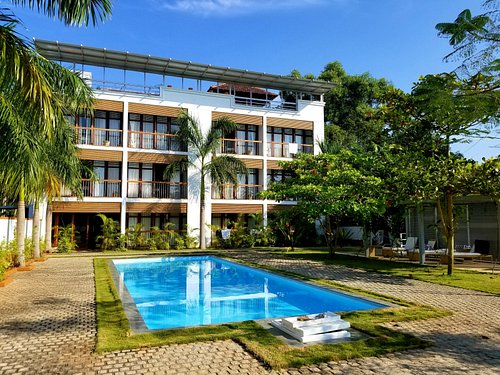 Mekosha Ayurveda Spasuites Retreat
Mekosha Ayurveda Spasuites Retreat
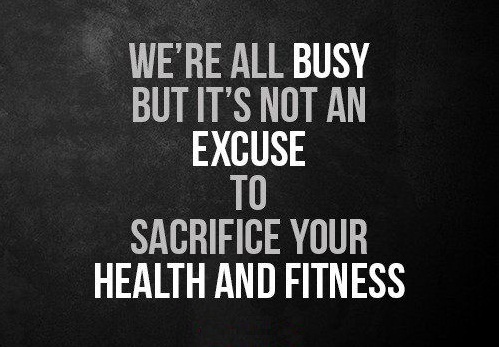
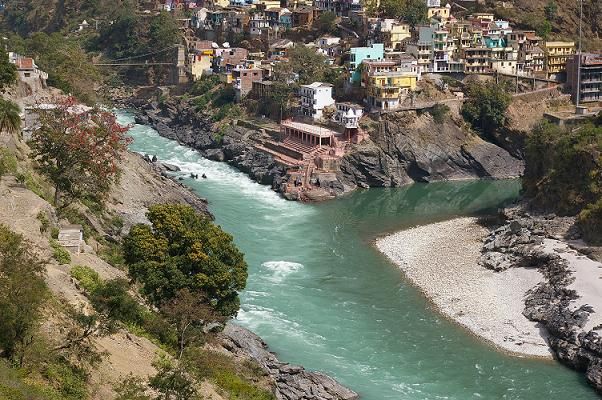
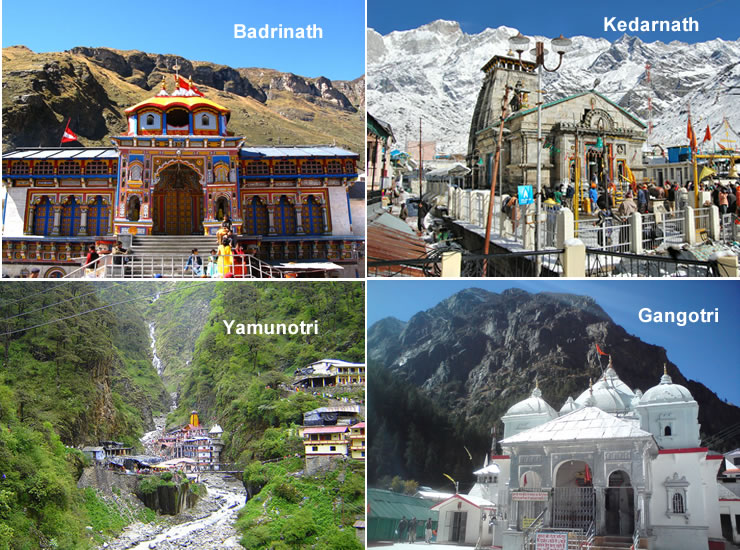
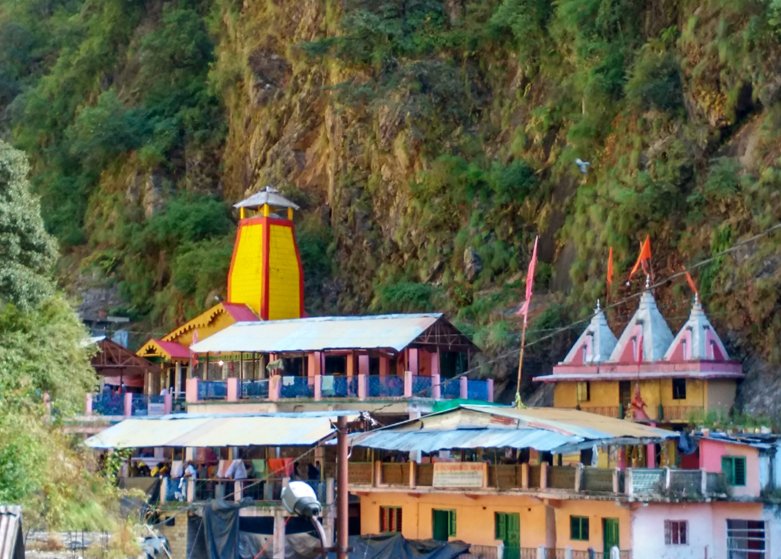 Nestled in the western Garhwal Himalayas,
Nestled in the western Garhwal Himalayas,  Perched at 3,100 meters,
Perched at 3,100 meters,  One of the holiest Shiva shrines,
One of the holiest Shiva shrines,  Tucked between the
Tucked between the  Traditionally, this journey requires days of trekking and travel through challenging terrains. However, with modern advancements,
Traditionally, this journey requires days of trekking and travel through challenging terrains. However, with modern advancements, 

